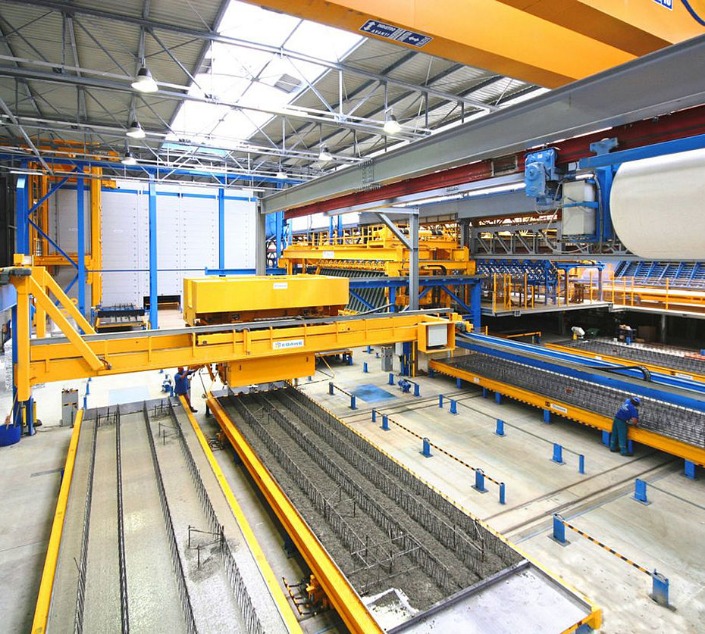The Future of Underground Exploration: Advanced Techniques and Tools
As infrastructure grows and evolves, the need to understand what lies beneath the surface becomes increasingly important. Techniques such as Ground Penetrating Radar (GPR), Utility Locating, and Concrete Scanning play a crucial role in ensuring both safety and efficiency in construction and maintenance projects.
Understanding Ground Penetrating Radar (GPR)
Ground Penetrating Radar (GPR) is a non-invasive method that utilizes high-frequency radio waves to penetrate surfaces and identify subsurface structures. This technology is particularly advantageous due to its accuracy and speed. It is widely used in various applications, including utility locating and archaeological investigations.
The Mechanism Behind GPR
The process involves a transmitter that sends radio waves into the ground. When these waves encounter a buried object or a material with different dielectric properties, they are reflected back to the surface. A receiver then captures the reflected waves, which are processed to create a visual representation of the underground features.
Utility Locating with Modern Technology
Accurate Utility Locating is essential to prevent damage to underground utilities, which can lead to costly repairs and dangerous situations. Techniques like GPR and electromagnetic induction are commonly used to identify the placement of pipes, cables, and other utilities.
Moreover, incorporating utility locating into project planning helps in avoiding unexpected disruptions and ensures smooth progress in construction activities.
Concrete Scanning: Enhancing Construction Safety
Concrete Scanning is a crucial process in modern construction. It involves examining concrete structures to locate embedded objects like rebar, post-tension cables, and conduits before cutting or coring. This not only protects the structural integrity of the concrete but also prevents accidental damage to embedded utilities like electrical conduits.
Comparing Concrete Scanning to Concrete X-ray
While both Concrete Scanning and Concrete X-ray aim to visualize subsurface features, each has its unique benefits and limitations. Concrete X-ray provides high-resolution images but requires the evacuation of the area due to radiation exposure. In contrast, Concrete Scanning with GPR is safer, faster, and can be conducted without disrupting the site.
Applications of Rebar and Electrical Locating
Identifying the precise location of rebar and electrical lines within concrete is vital for maintaining structural safety and functionality. Rebar locating ensures that construction activities, such as drilling and cutting, do not compromise the integrity of rebar-reinforced structures. Similarly, Electrical locating prevents accidental damage to electrical lines, which can lead to power outages and safety hazards.
Advanced techniques like GPR play a significant role in both rebar locating and electrical locating, offering a non-destructive way to visualize and map these critical components before commencing any construction work.
Conclusion
The adoption of advanced technologies like Ground Penetrating Radar (GPR), coupled with techniques in Utility Locating, Concrete Scanning, and Concrete X-ray, are revolutionizing the way we approach underground exploration. These methods not only enhance safety and efficiency but also ensure that construction projects are completed without unexpected disruptions. As technology continues to evolve, the precision and reliability of these methods are expected to further improve, solidifying their place as indispensable tools in the field of subterranean investigation.
Read more about GPR here.


Leave a Reply